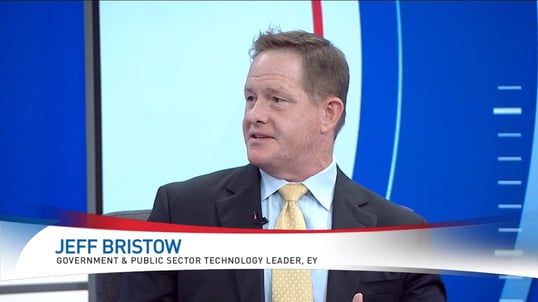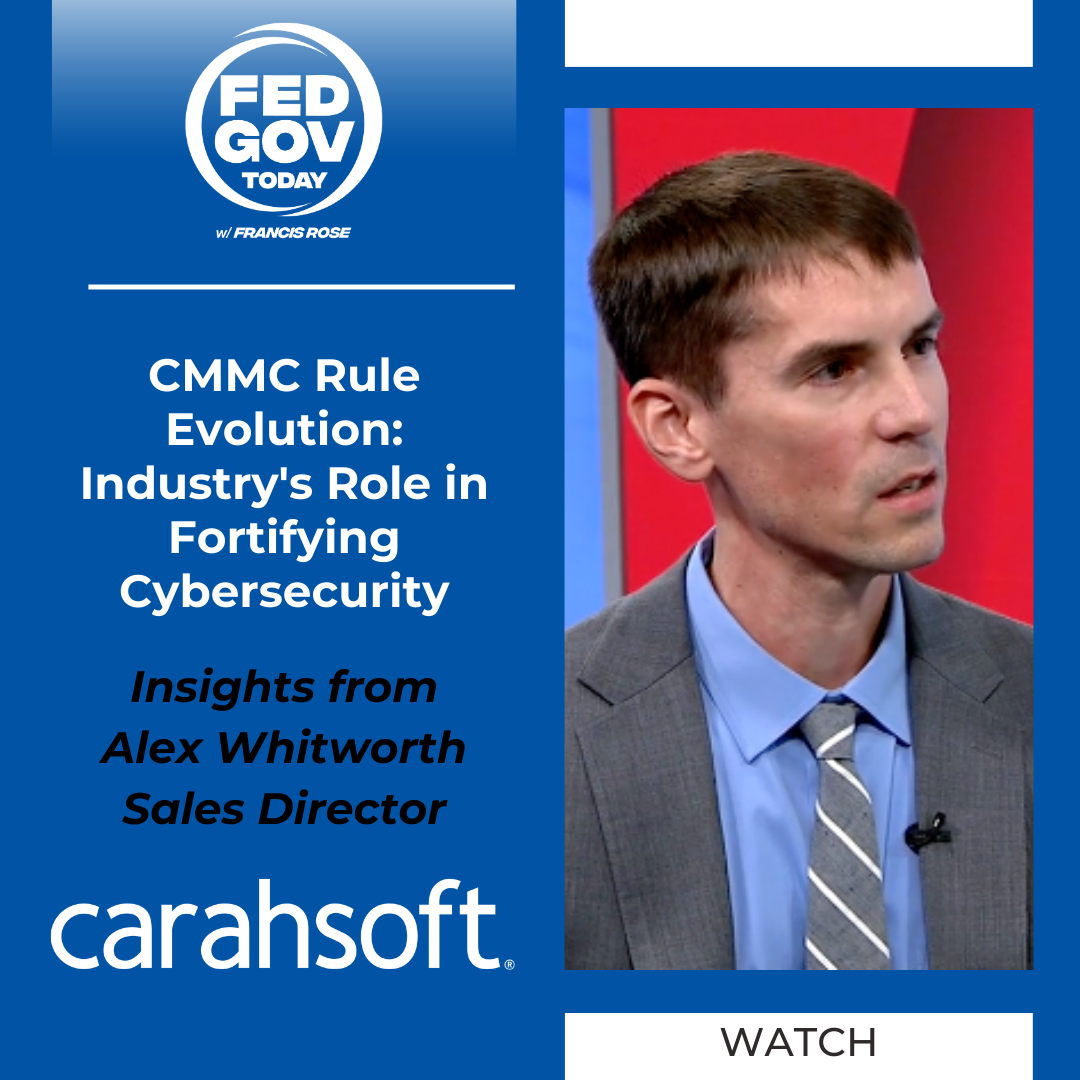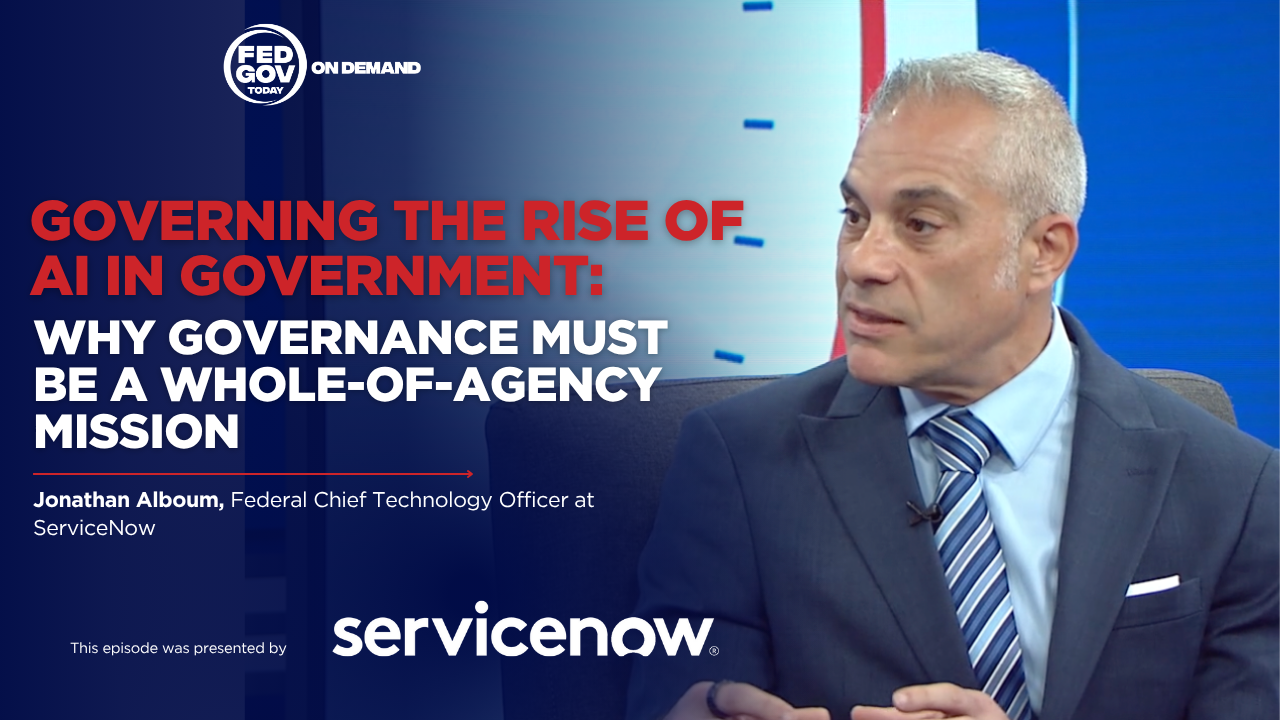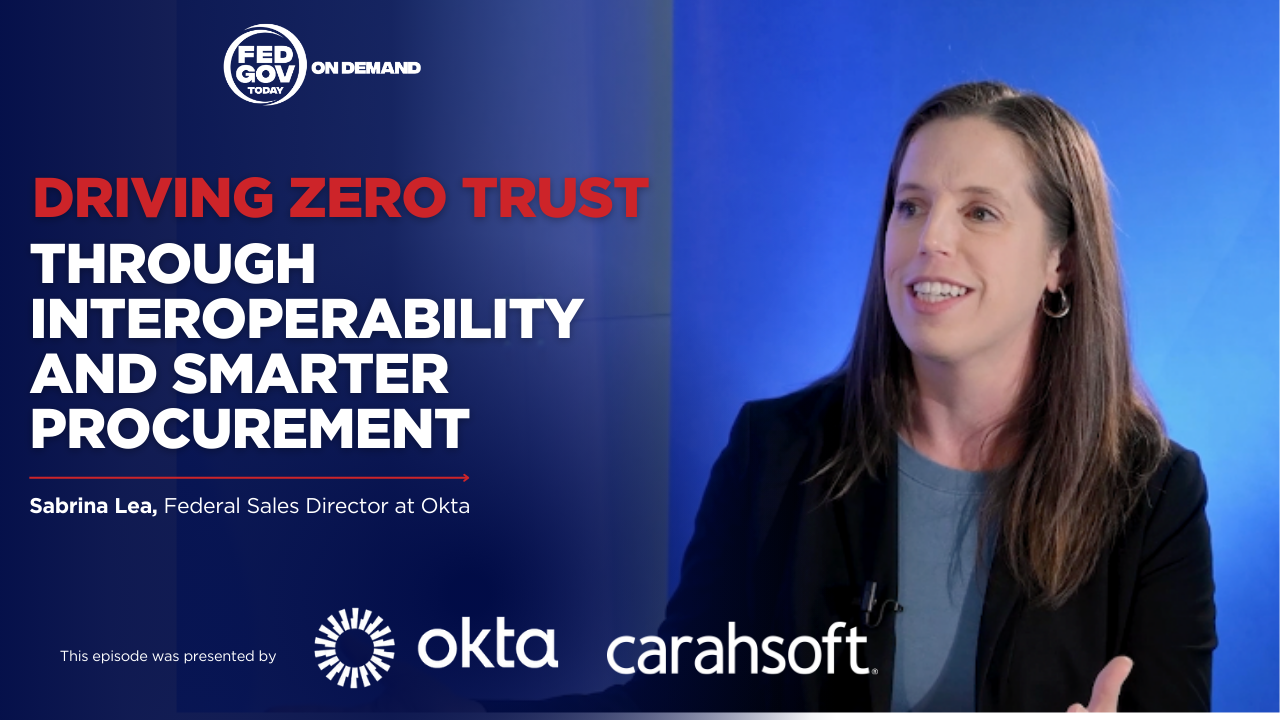In his conversation with Fed Gov Today host Francis Rose, Jeff Bristow, Government and Public Sector Technology Leader at EY, shares a refreshing perspective on federal IT modernization: saving money and improving mission performance don’t have to be competing goals. When done thoughtfully, he says, modernization can achieve both outcomes—helping agencies serve citizens better while operating more efficiently.
Bristow begins by challenging a common misconception—that cost reduction and modernization are trade-offs. “They’re not mutually exclusive,” he says. “You can save money if you’re doing it the right way. When you approach modernization strategically, you’ll save money and improve outcomes for the people your agency serves.”
He encourages agencies to think beyond simply cutting costs and to focus instead on why they’re modernizing in the first place. The goal, he says, should always be mission delivery. By leading with mission needs, agencies naturally identify smarter, more effective technologies that cost less to maintain and are easier to evolve over time. In other words, mission drives efficiency, not the other way around.
Bristow emphasizes that mission delivery should always be the starting point for IT decisions. “Every agency I’ve talked to wants to maximize its utility to its constituents,” he says. “That starts with understanding what you’re trying to achieve and then asking, is there a more effective way to do it?”
He points out that many government IT systems were built decades ago for a workforce and citizen base that looked very different from today’s. As experienced federal employees retire and new generations enter public service, expectations are changing. “A lot of legacy systems were built around a population that’s aging out,” Bristow explains. “Now, new generations bring different expectations for how they work and the tools they use.”
This evolution means modernization isn’t just about replacing old systems—it’s about designing technology for the workforce of  today and tomorrow.
today and tomorrow.
One of Bristow’s most striking points is that modernization doesn’t have to take years or decades to show results. With deliberate planning and clear goals, agencies can start seeing savings and performance improvements within months.
He rejects the notion that cost savings are always a long-term reward. “If you do it thoughtfully, you can achieve those savings in a very short amount of time,” he says. “You’re not talking about years to get to that speed to value.”
Bristow adds that streamlined, modern systems not only reduce maintenance costs but also require fewer people to support them—freeing up resources for innovation and mission delivery. This “speed to value” mindset challenges the traditional, slow-moving model of federal IT transformation and aligns more closely with the pace of change seen in the private sector.
As agencies move past the easy wins of modernization—the so-called “low-hanging fruit”—they face more complex legacy systems that are deeply embedded in daily operations. Many leaders are hesitant to touch them for fear of disrupting critical missions.
Bristow acknowledges that resistance but encourages agencies to confront it directly. “There’s already been a lot of investment made in some of these systems,” he says. “But the most important question to ask is, why does it exist? What are people using it for? If you can answer that, you can unlock new opportunities for better solutions.”
He stresses that modernization doesn’t always mean starting from scratch. Sometimes, it’s about reimagining existing systems—making them easier to use, cheaper to maintain, and more adaptable to future needs.
Throughout the conversation, Bristow draws parallels between the challenges government agencies face and the experiences of industries like retail and financial services. These sectors, he notes, deal with similar large-scale, high-stakes operations and have already “cracked the code” on user experience, automation, and scalability.
“Government is now looking toward other sectors that have faced similar challenges,” he says. “They’ve already figured out how to improve user experience and leverage automation and AI. Bringing those lessons into government can be incredibly powerful.”
This willingness to look beyond government for inspiration, Bristow believes, is one of the most encouraging trends in federal IT. Agencies are increasingly open to adopting commercial best practices—proven methods that deliver quick wins without sacrificing long-term resilience.
For Bristow, the key message is simple: modernization should never be about technology for technology’s sake. It’s about finding smarter ways to deliver on an agency’s mission and, in the process, using taxpayer dollars more efficiently.
“When you’re thoughtful about modernization,” he says, “cost savings and better mission outcomes naturally go hand in hand.” He also stresses that modernization can make government work more fulfilling by removing friction and enabling employees to focus on what matters most—serving the public.
As federal leaders continue to navigate budget pressures, workforce transitions, and evolving citizen expectations, Bristow’s perspective offers a clear path forward. By aligning modernization efforts with mission goals, asking tough questions about legacy systems, and learning from the private sector, agencies can build a government that’s not just more efficient—but also more responsive, innovative, and human-centered.
In short, smart modernization isn’t about spending less—it’s about doing more, faster, and better.



